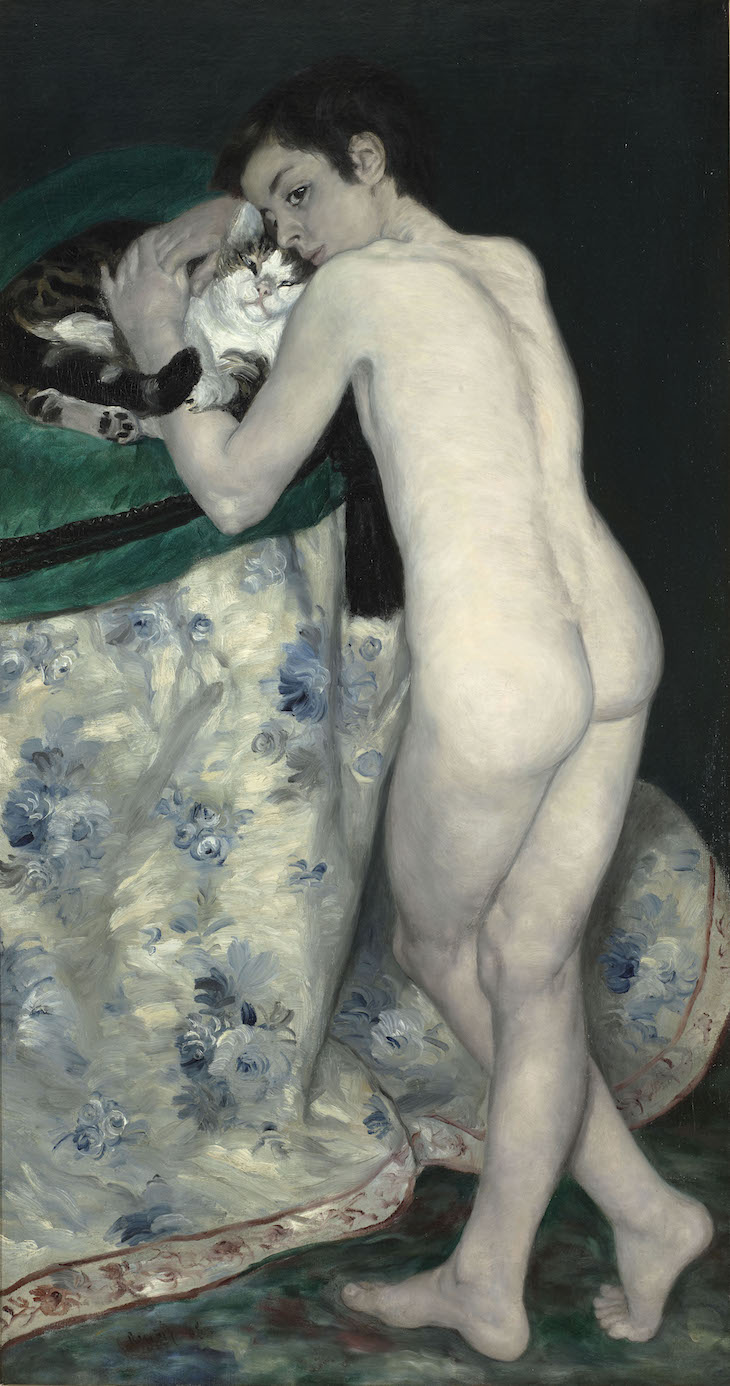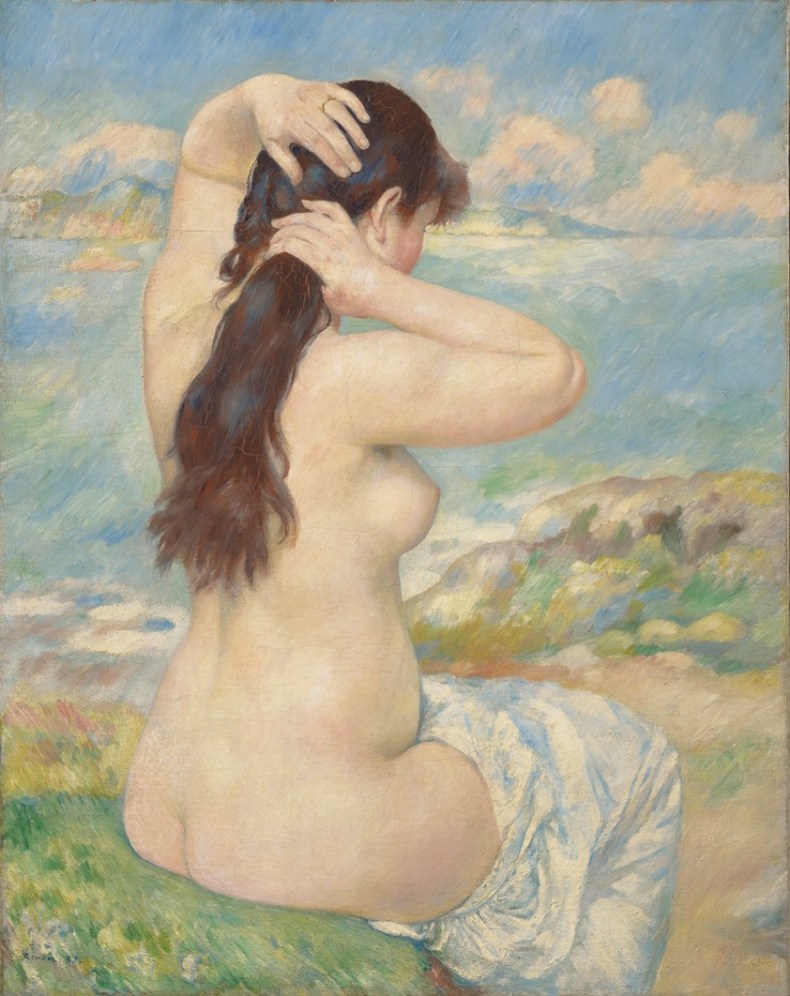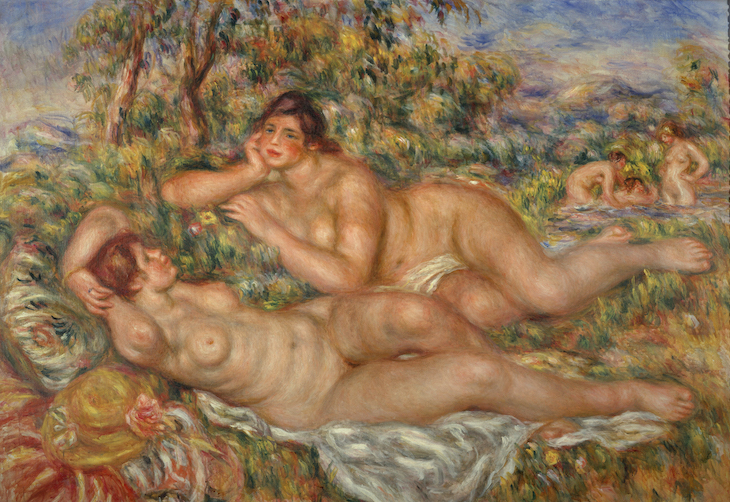Renoir remained obsessed with the human form throughout his long career. This large-scale survey traces the evolution of his figurative work from early realism to Impressionism, and on to the classicism of his late nudes. Find out more from the Clark Art Institute’s website.
Preview the exhibition below | View Apollo’s Art Diary here

Boy with Cat (1868), Pierre-Auguste Renoir. Photo: Patrice Schmidt © RMN-Grand Palais/Art Resource, NY
Born in Limoges in 1841, Pierre-Auguste Renoir began exhibiting in Paris in the 1860s. His interest in the human form is evident from his earliest paintings. Boy with Cat, unusual in Renoir’s body of work in depicting a male nude, shows the marked influence of early Manet, the boy’s skin marble-white against the green-black background.

Study: Torso, Sunlight Effect (1875–76), Pierre-Auguste Renoir. Photo: Patrice Schmidt © RMN-Grand Palais / Art Resource, NY
‘Would someone kindly explain to M. Renoir that a woman’s torso is not a mass of decomposing flesh,’ wrote Albert Wolff in Le Figaro upon encountering this painting in 1876. The purples, greens and blues in this painting, suggestive of dappled sunlight falling through the trees on to the women’s skin, are characteristic of the Impressionist experiments with rendering light and atmosphere that Renoir pioneered in the 1870s – and which took some time to win public approval.

Bather Arranging Her Hair (1885), Pierre-Auguste Renoir. Courtesy Clark Art Institute, Williamstown
Renoir’s interest in the genre of the female nude was influenced by his appreciation of Old Masters such as Rubens and François Boucher. In the mid 1880s, after Impressionism had begun to wane, he forged a new, classically inspired style of nude; in this early example, the clear contours of the seated nude’s body contribute to her solid, almost sculptural presence on the canvas.

The Bathers (1918–19), Pierre-Auguste Renoir. Photo: Hervé Lewandowski © RMN-Grand Palais/Art Resource, NY
Renoir’s lifelong fascination with flesh culminated in his late depictions of enormous, voluptuous bathers, set in Arcadian surroundings. These have proved controversial since they were painted; in 1913 Mary Cassatt decried his ‘enormous red women with very small heads’ as the ‘most awful [paintings] imaginable’; yet Matisse found these to be ‘the loveliest nudes ever painted’. Love them or loathe them, there is no denying their influence. The exhibition concludes with the work pictured above, Renoir’s last major painting, displayed alongside the works of later generations that reveal the extent of his legacy.











![Masterpiece [Re]discovery 2022. Photo: Ben Fisher Photography, courtesy of Masterpiece London](http://www.apollo-magazine.com/wp-content/uploads/2022/07/MPL2022_4263.jpg)
Do portraits have an image problem?